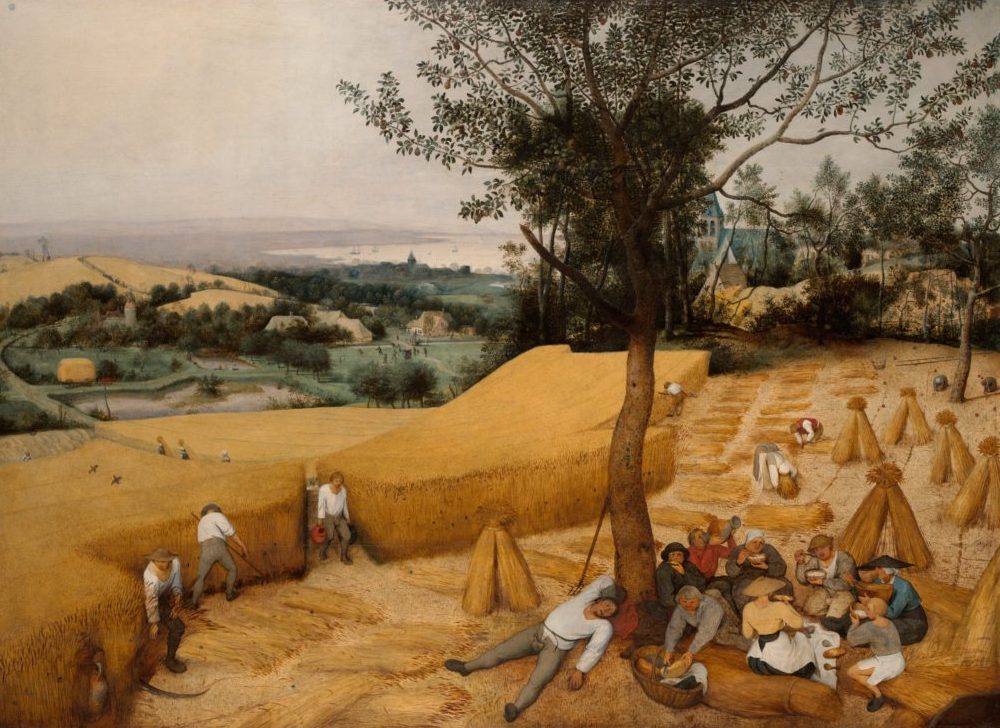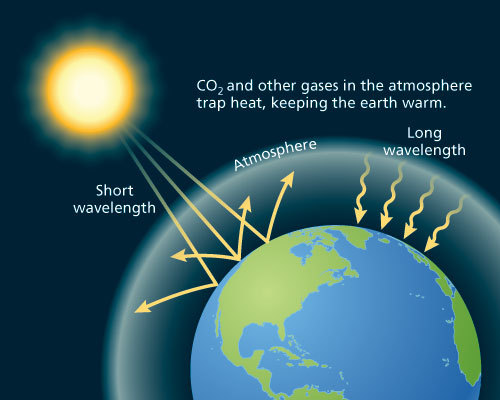South Hobart Primary School Grade 5

Our Questions
Our world would be very different without the Industrial Revolution. It has been so impactful that historians refer to the time before it as the Early Modern Era and the time since the 18th Century as the Modern Era. Make no mistake, these eras are very different. Before the Industrial Revolution most people lived in the countryside. Because of the Industrial Revolution jobs, resources, money, and people became centralised in cities, which had been much smaller beforehand. Much of what we take for granted is partly because of the Industrial Revolution. Modern governments, police forces, property and renting, education systems, jobs types and more would look very different if it had not happened. In other words, our social systems have been strongly influenced by the fossil fuel economies built because of the Industrial Revolution.

This is also the case for modern technology and life in general. Cars, planes, modern medicine, electricity, indoor plumbing, shopping malls and supermarkets, we take all these things for granted. This is what makes action on climate change so difficult. The Industrial Revolution has created our modern lives as well as climate change. We can acknowledge how the Industrial Revolution has made our lives better. But we should also acknowledge how it has caused air and water pollution, more diseases, C02 and other greenhouse gas emissions, bad working conditions for many, and more advanced weapons and dangerous conflicts. It also has not unfolded equally or fairly for everyone.
But we do not need to choose between a carbon-heavy industrialised and non-industrialised life. We can change our societies and economies, just like they were changed to make the Industrial Revolution, and we can focus on what we want to do differently. By decarbonising our economies we will no longer rely on fuel and energy that cause climate change. Pollution that runs into the soil and water can be filtered. The amount of damage we do to the environment can be drastically reduced, and if we change not just our economies but also our societies, we can even work to regenerating the environment as well. It will just take us a lot of work - a real transformation of our current society - to get there.
It is very upsetting to see the things we care about suffering because of climate change. Many people are working to change this, but action has been slow. In this video, Dr Philippa McCormack talks about how we can protect our endangered animals in Australia. You might also like to look at this answer about why getting societies to take action is so hard.
The Earth is surrounded by a blanket of gases - these keep in the sun's heat, as well as water, and air. Without this atmosphere, the Earth would be a cold, dead rock in space.
The climate is something that happens inside Earth's atmosphere. If you head out into space, there's no climate. So climate change doesn't really affect the solar system outside Earth.

But, if you were to video the Earth from space for several years, and then play back that video speeded up, you'd see that as the Earth spins, it wobbles on its axis. These wobbles are because the Earth isn't a perfect sphere - and in fact it changes shape! As it changes shape, this affects the Earth's gravitational field, and makes it wobble differently.

Guess what causes the Earth to change shape? Well one of the causes is climate change! This can happen in several ways. One way is that as ice in Greenland and Antarctica melts, there is less weight on that part of the Earth, and this makes it change shape. Scientists also think that as changes in weather patterns - like El Niño - move water around the world's oceans, this also affects the planet's shape. The study of how the Earth changes shape is called geodesy.
Let me answer this question across the three levels of government – local, state and national (federal).
While local governments can’t influence national climate policy, they do some important things at the local level, like promoting green building design, installing busways and bikeways and improving public transport to encourage a move away from private vehicle use. They are also responsible for approving new coal mines, although in some states their ability to reject proposed new mines is limited by state-level law.
State governments can provide incentives to industry to change their industrial processes and energy inputs, or make laws actually requiring them to do so. Some state governments offer incentives for people to instal solar panels or energy efficient appliances and could use the car registration system to encourage people to buy electric vehicles.
However, consistent and coherent climate policy really rests with the federal government. The national government has laws requiring a mandatory amount of renewable energy as part of every electricity companies supply. There are also laws relating to energy efficiency. The main plank of the Federal government’s climate policy is the Carbon Solutions Fund. This involves paying individuals and businesses to undertake activities that will reduce emissions. The government initiates a reverse auction in which it invites people to indicate how many emissions reductions they could deliver, at what price. The government then buys those emissions reduction from the party offering to do so at the lowest price. This might achieve small level of emissions reduction, but it costs a lot of money and it will not deliver the kind of transformation that is desperately needed. It provides no incentive for large emitters to reduce their emissions because there are no legal obligations for them to do so and there are no costs associated with continuing with high emitting activities.
The national government could also stop new coal mines by using federal environmental laws. So far it has not done so. In fact, three new coal mines have been approved by the Commonwealth environment minister in the last two months. The Australian government has said that because this coal is intended for export and not domestic consumption, it is not Australia's responsibility to discontinue mining. The responsibility for the emissions coming from burning this coal, according to the government, should rest with the countries that buy the coal. While this may be true in a technical sense based on international carbon accounting rules, it is a missed opportunity in terms of Australia’s leadership on climate action.













